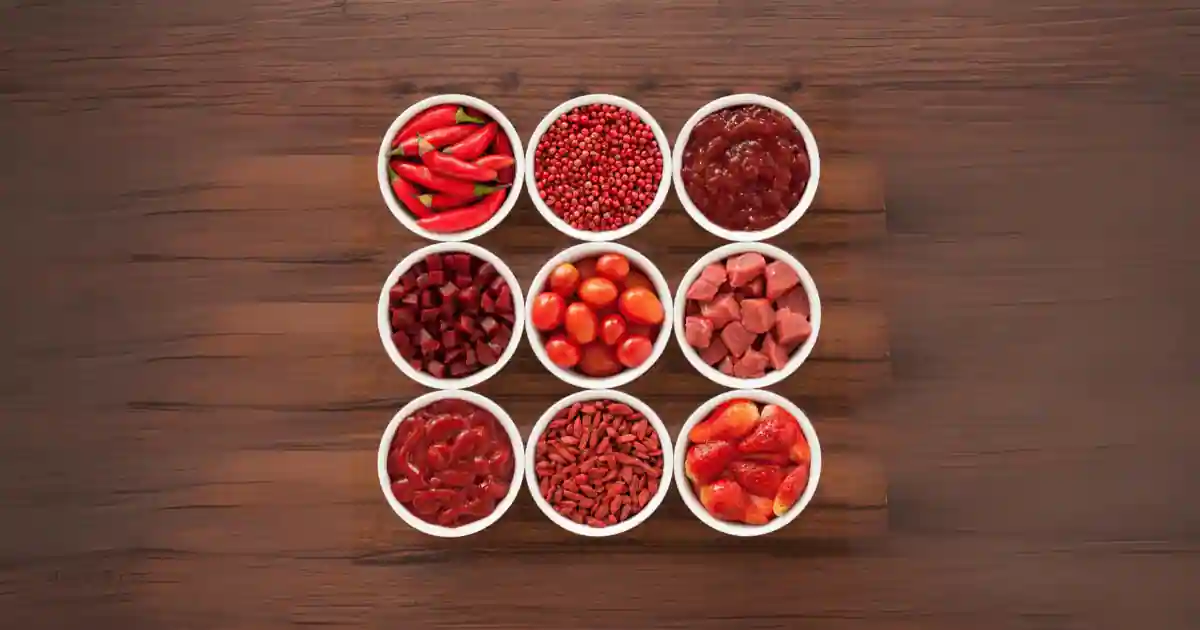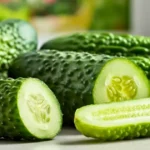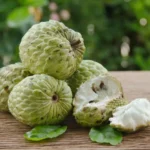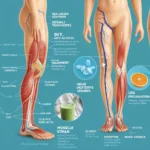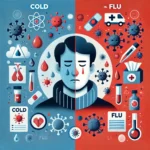Discover the health benefits of eating red foods into your diet. From fruits to vegetables, learn how these vibrant foods can benefit your body.
Red foods derive their striking color from natural pigments called anthocyanins and lycopene, which boast powerful antioxidant properties. Radiant reds don’t just make a palette pop; they can make our bodies thrive. From the blood-red tang of a ripe tomato to the crimson sweetness of a luscious berry, the red hue in foods contains a trove of health benefits. As we delve into the delicious world of red foods, we discover that these pigmented edibles are delicious and packed with properties that can change the game regarding staying healthy. So, peel back the skins of this vibrant spectrum, and let’s explore the health bounty they hold.
What are red foods?
Red foods are those that naturally possess a red pigment, usually derived from the presence of specific phytonutrients. These include flavonoids such as anthocyanins and carotenoids like lycopene. This colorful group encompasses a variety of fruits and vegetables, such as tomatoes, red peppers, strawberries, cherries, red apples, beets, and raspberries, each with a unique profile of vitamins, antioxidants, and minerals. Regularly consuming these ruby-toned delights can contribute to a well-rounded diet and offer specific health advantages, thanks to their rich nutrient content.
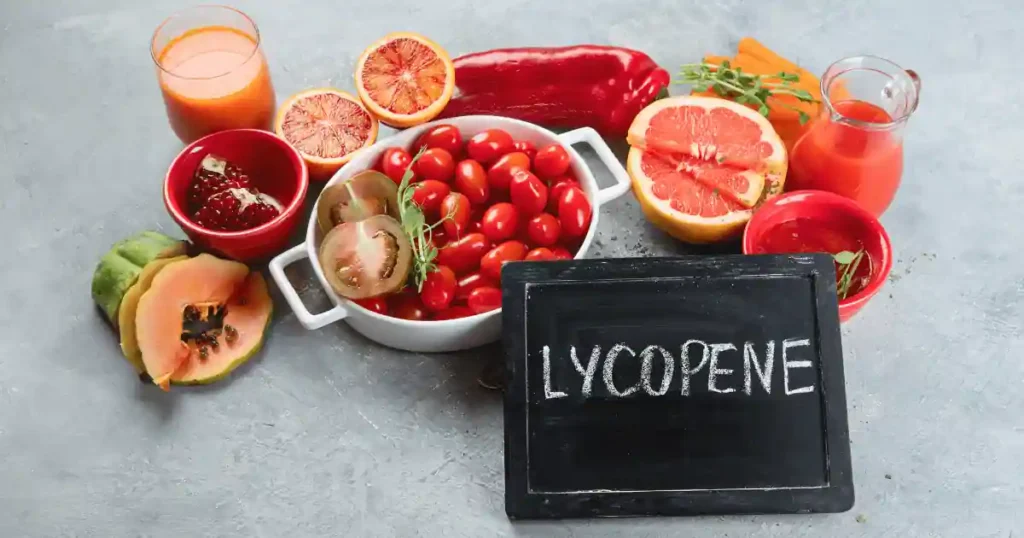
Types of Red Foods
Fruits
- Strawberries
- Cherries
- Watermelon
- Apples
- Cranberries
Vegetables
- Tomatoes
- Red Bell Peppers
- Beets
- Radishes
- Red Cabbage
Grains and Legumes
- Red Lentils
- Adzuki Beans
- Red Quinoa
- Red Rice
- Red Corn
Nutritional Value of Red Foods
The nutritional value of red foods lies primarily in their rich content of antioxidants, vitamins, and minerals. Lycopene, the pigment responsible for its warm color, is a potent antioxidant that aids in the fight against oxidative stress and may reduce the risk of certain cancers and heart disease. These scarlet treasures are also high in vitamin C, vital for immune system function, and potassium, essential for maintaining healthy blood pressure. We savor their flavor with each bite and give our bodies essential nutrients that promote wellbeing.
Essential Nutrients in Red Foods
- Anthocyanins: Anthocyanins, plentiful in berries like strawberries, raspberries, and blueberries, promote heart health and cognitive function while providing anti-inflammatory benefits.
- Lycopene: Lycopene, which is mainly found in tomatoes, is linked to a decreased risk of several cancers, including prostate cancer, and it also promotes cardiovascular health.
- Vitamin C: Red peppers, strawberries, and watermelon are nutritious sources of vitamin C that support healthy skin, strengthen immunity, and help produce collagen.
- Fiber: Red foods, such as apples, pomegranates, and beets, are substantial in dietary fiber, which improves digestion, regulates blood sugar levels, and increases satiety.
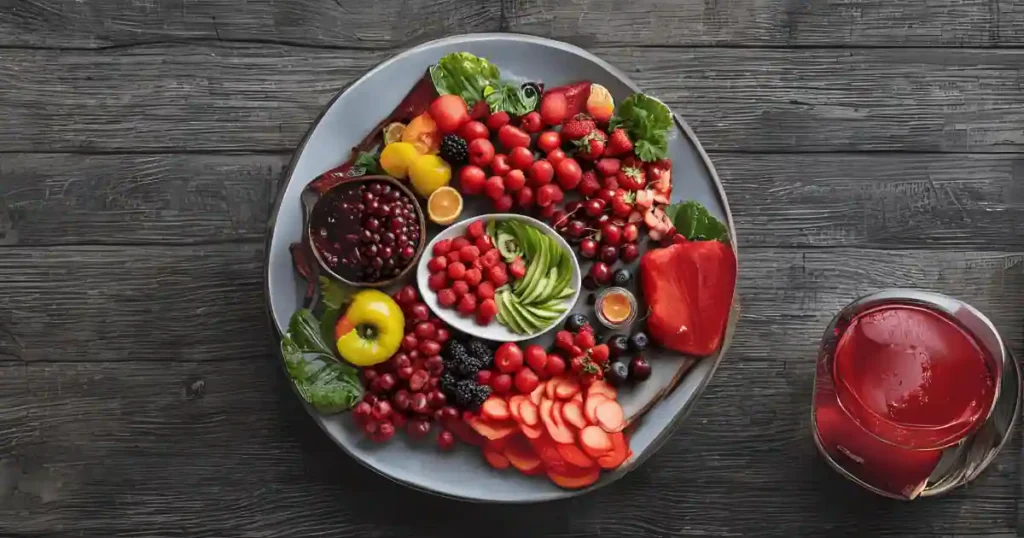
What are the health benefits of eating red foods?
Red foods have long been celebrated not only for their vibrant hue but also for their numerous health benefits. From fruits to vegetables, red signifies many nutrients that can promote overall well-being. Here are 8 health benefits of
1. Antioxidant-Rich
Red foods, like red peppers, cherries, and pomegranates, are lauded for their abundant supply of antioxidants. These compounds are our cellular defenders, fighting against the horrors of oxidative stress, which is implicated in a variety of ailments, including cancer, diabetes, and heart diseases. But why are red foods so good at this job? It’s all thanks to their high concentration of lycopene, anthocyanins, and vitamin C – a triple threat against free radicals.
A diet rich in these crimson warriors doesn’t just taste good; it can notably reduce the risk of chronic health problems by neutralizing the harmful effects of oxidative damage.
2. Heart Health
Strawberries and red grapes are more than just a dessert garnish; they’re nature’s cardiologists, promoting heart health in remarkable ways. The redness in these foods signifies the presence of heart-friendly nutrients, such as polyphenols and resveratrol. These elements are known for their ability to lower blood pressure, optimize cholesterol levels, and improve overall cardiovascular function.
Adding various red foods to your diet could mean a delicious defense against heart disease, a leading cause of mortality worldwide.
3. Cancer Prevention
Including red foods in your diet can be beneficial in the battle against cancer. Research suggests that red foods are rich in protective compounds that have the potential to inhibit tumor growth. Research suggests that lycopene, found in high concentrations in red tomatoes, can reduce the risk of certain cancers, including prostate cancer.
Moreover, the anthocyanins in strawberries and raspberries are associated with a lowered risk of esophageal cancer. Who knew that a bowl of berries could be so potent?
4. Eye Health
Red foods pack a powerful punch for the eyes, too. Their elevated quantities of beta-carotene, which converts to vitamin A in the body, can combat night blindness, dry eyes, and age-related macular degeneration – A significant cause of eyesight loss in adult persons. By including rich sources like red bell peppers, papayas, and beets in your diet, you’re investing in long-term eye health and retaining those vivid sunsets for years.
5. Immune Boosting
Red foods have an impressive ability to stoke the fires of our immune defenses. The potent cocktail of vitamins A and C and phytochemicals equips the body with the ammunition it needs to ward off infections and illnesses. Think of red foods like cherries and red cabbage as the first defense against the common cold and flu.
With each cherry or spoonful of tomato soup, you’re not just tasting the flavor of health; you’re seriously beefing up your immune system.
6. Skin Health
Want a natural flush to your complexion? Incorporate more red foods into your diet. The lycopene in tomatoes can protect the skin from sun damage, while the vitamin C in strawberries aids in collagen production, promoting elasticity and reducing the signs of aging. Even the humble red apple, with its fiber and antioxidants, contributes to skin health by keeping it hydrated and clear.
Red foods aren’t just a feast for the eyes; they’re the key to vibrant and healthy skin.
7. Brain Function
The link between red foods and improved cognitive function is a juicy one. With their high levels of flavonoids, Berries have been associated with enhanced memory and cognitive skills. These tiny taste bombs can delay the onset of age-related cognitive decline and support healthy brain aging.
So, whether reaching for a handful of cranberries or baking them into a pie, red berries are your brain’s best friend.
8. Digestive Health
Red fruits and veggies are fiber champions, which do wonders for digestive health. A fiber-rich diet, including red foods like apples and raspberries, can prevent constipation, promote regularity, and feed the ‘good’ probiotics in the gut, which are essential to the health of the digestive system as a whole. A happy gut translates to a happier you, and red foods are here to ensure that every bite aids in smooth digestion.
Also Read- Whole Black Peppercorns is the Best Ingredient for Health and Flavor!
How to include red foods into your diet?
Incorporating red foods into your daily meals is easier than you might think. There are several ways to harness their health benefits and seamlessly integrate red foods into your daily diet. Creative meal prep is critical. Here are some creative ways to add them to your diet:
Start Your Day with Red Fruits
Kickstart your mornings with flavor and nutrition by incorporating red fruits into your breakfast routine. Add sliced strawberries or raspberries to your oatmeal, yogurt parfait, or whole-grain cereal for a refreshing and nutritious start to your day.
Red Smoothies and Juices
Blend strawberries, raspberries, and beets for a refreshing and nutritious red smoothie. You can also create vibrant juices using watermelon, carrots, and red grapes. Blend beetroot into your post-workout smoothies.
Red Salads
Create visually appealing salads by combining a variety of red vegetables with leafy greens and protein sources. Combine red lettuce, cherry tomatoes, bell peppers, beetroot, and radishes to create a colorful and nutritious salad. Top it off with a tangy vinaigrette for added flavor—homemade vinaigrette with olive oil, balsamic vinegar, and herbs for a satisfying and wholesome meal. Toss diced tomatoes and red bell peppers into your morning omelets. When preparing lunch or dinner, opt for recipes that call for red ingredients, like a rich tomato pasta sauce or a hearty chili featuring kidney beans.
Red Soups and Stews
Warm up on chilly days with comforting soups and stews packed with red vegetables and legumes. Make recipes like tomato basil soup, lentil chili, or roasted red pepper bisque to fulfill your appetites while providing your body with critical nutrients and vitamins.
Red Snacks
Elevate your snacking game with red food options that are both delicious and nutritious—snack on red fruits like apples and strawberries paired with nut butter for a satisfying and healthy treat. Enjoy roasted crunchy red bell pepper slices with hummus, homemade salsa with diced tomatoes and onions, or roasted beet chips seasoned with sea salt for guilt-free indulgence between meals. You can also enjoy it with carrot sticks or whole-grain crackers. Snacking on dried cranberries or fresh pomegranate seeds can also satisfy your sweet tooth while boosting your antioxidant intake.
Remember to experiment with herbs and spices such as red paprika to add a flavorful and colorful twist to your dishes. Red foods are not only beneficial to your health but can also bring vibrancy and enjoyment to your regular meals.
Risks and Precautions
While red foods offer numerous health benefits, individuals with certain medical conditions such as kidney stones or nightshade allergies should consume them in moderation or avoid them altogether.
Conclusion
The rich health benefits of red foods are more than just a matter of taste. From defending against chronic diseases to enhancing skin and brain function, the crimson army of red foods has much to offer. As we conclude our exploration, a vibrant call to action emerges – to paint our plates with the hues that promise health and long life.
So why wait? Start small, with a handful of red grapes, and work up to a nutritious rainbow of beets, berries, and beyond. Whether for any day, let red foods stand as a nutritional love letter to ourselves, appreciating every bite for its benefits to our wellbeing.
Hi there! I’m content writer and blogger. With over two years of experience, I’ve shared my passion for writing across various platforms. I firmly believe in the transformative power of words and look forward to sharing this journey with you. Enjoy my work!
